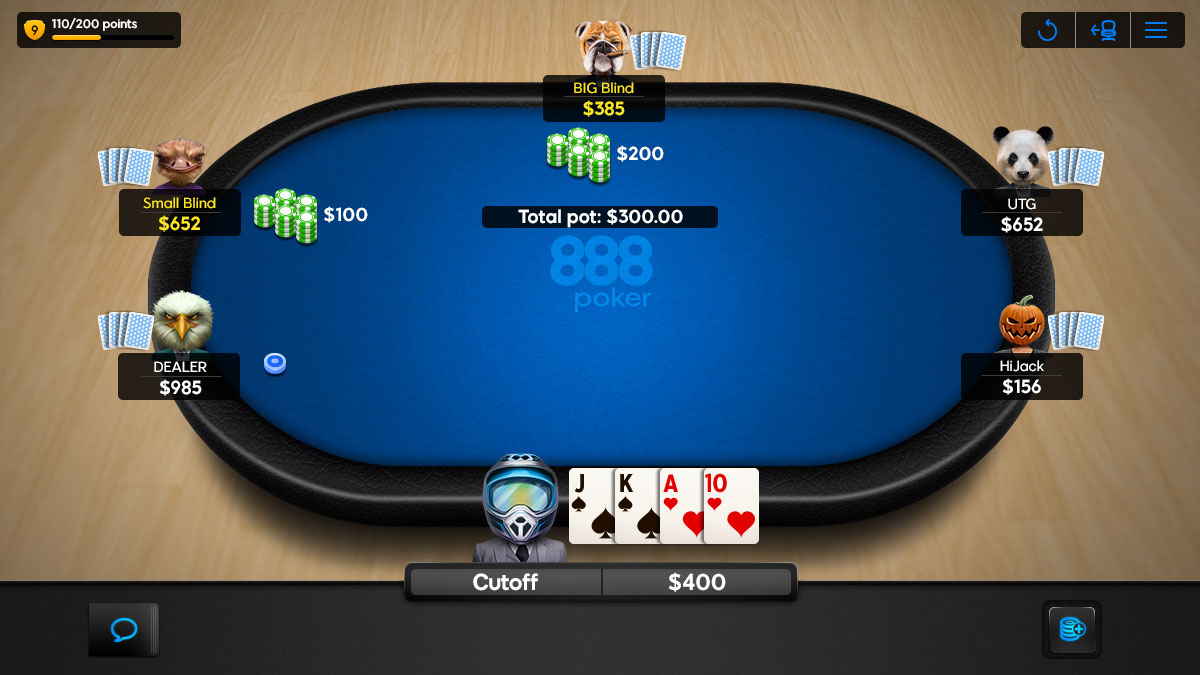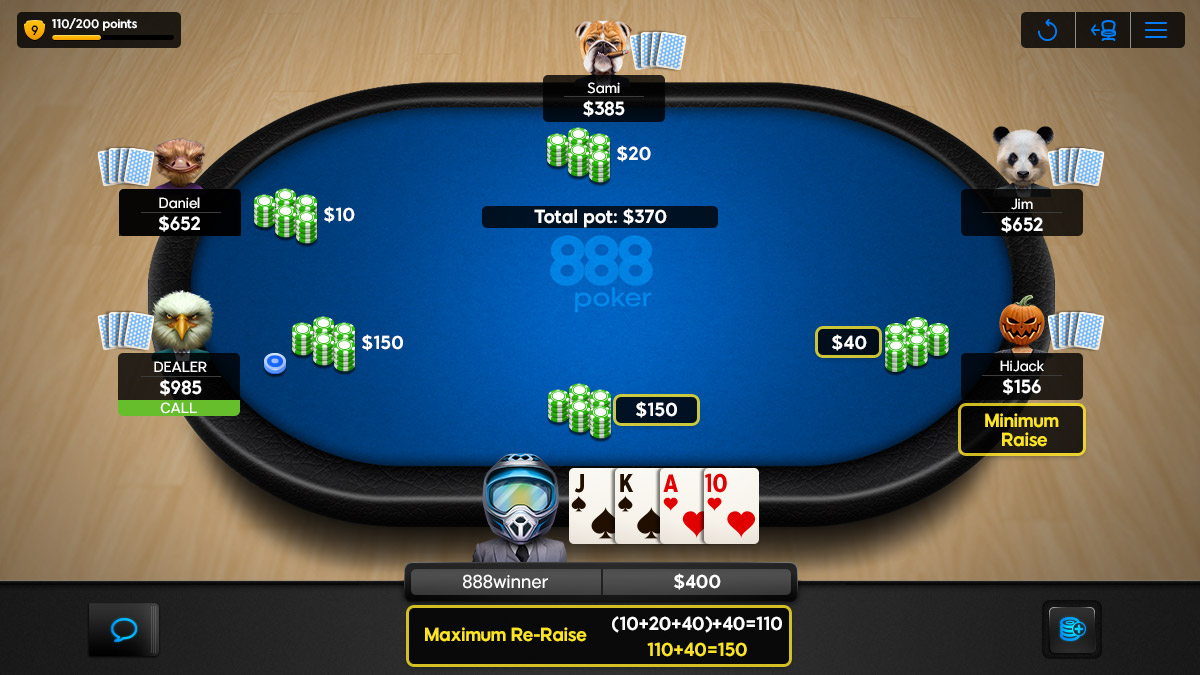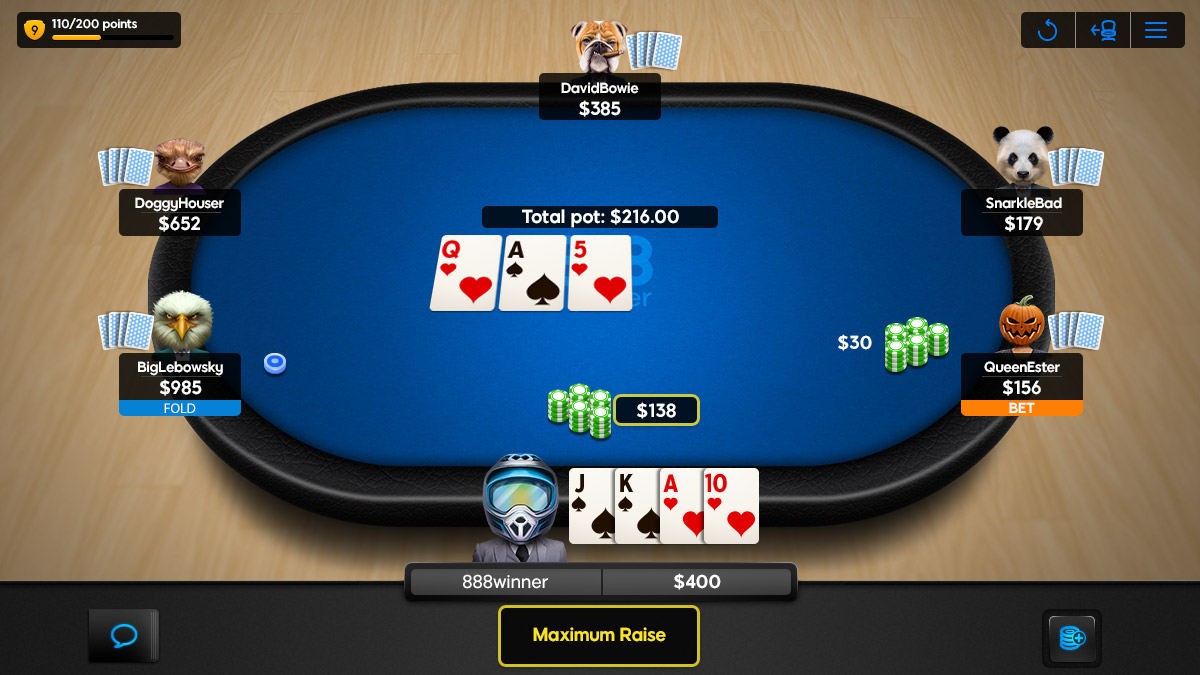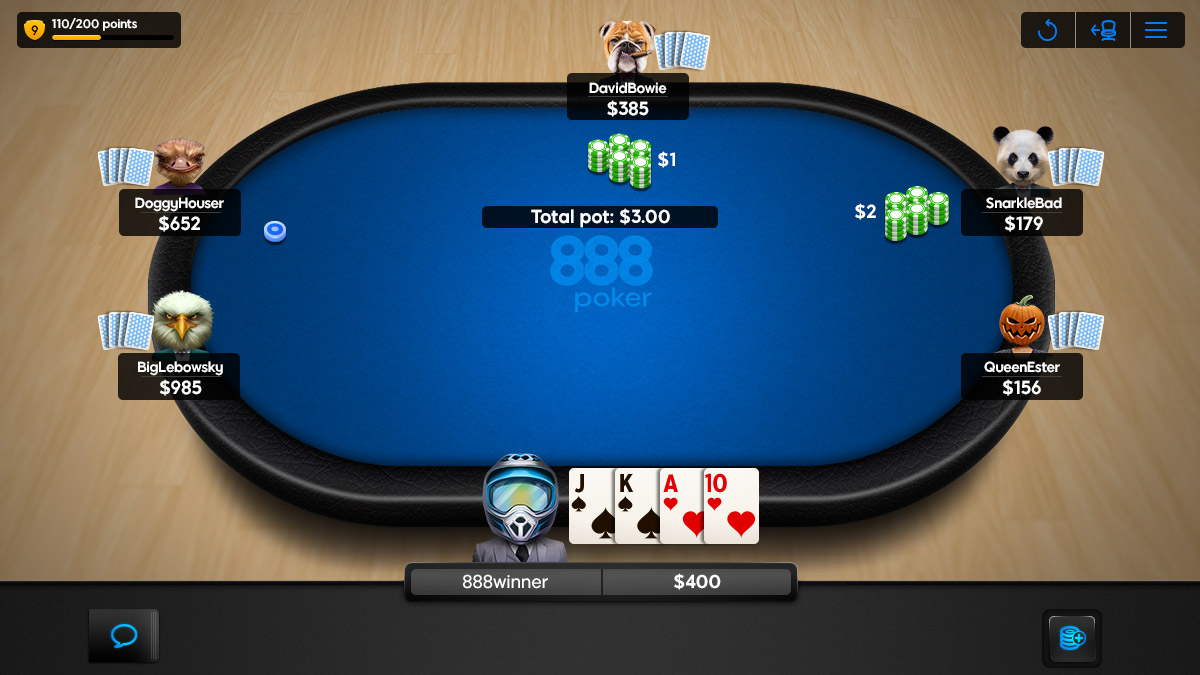How do you play Omaha Hi poker?
Every player receives four hole cards. After each of the four betting rounds (pre-flop, flop, turn, and river) new community cards are dealt. Players need to make the best hand using three community cards and two of their hole cards to make the best hand. The game ends when the last round has finished and the remaining players reveal their hands.
What are the best starting hands in Omaha Hi?
These are usually high pairs or coordinated cards that can make strong draws, e.g. A-A-K-K double-suited, A-A-J-T double-suited, and K-K-Q-Q double-suited.
How do you bet in Omaha Hi poker?
The direction of betting in Omaha Hi is clockwise. On each player’s turn they can choose to check, bet, call, raise, or fold.
How does the dealer button work in Omaha Hi poker?
The dealer button rotates clockwise after each hand, indicating the dealer at that point. The player to the left of the button posts the small blind, and the next player to the left posts the big blind. The button determines the order of betting and dealing cards.
What is the difference between Pot-Limit and Limit Omaha Hi?
Pot-Limit Omaha (PLO) is considered a more aggressive format. Players can bet any amount they choose, but not more than the current size of the pot. In Limit Omaha Hi, which is more conservative, the bet amounts are fixed and the number of raises in each round is limited.
What are the differences between live and online Omaha Hi poker?
Online poker tends to be faster-paced and players can play multiple tables at any given time. You’re also likely to find more beginner poker players online than in live poker.
How do you read opponents in online Omaha Hi poker without physical tells?
Because you can’t see physical tells when playing online, players need to rely on betting patterns and timing tells, which is how long it takes an opponent to decide on their next move. Where relevant, an opponent’s chat behaviour could provide clues as well.








